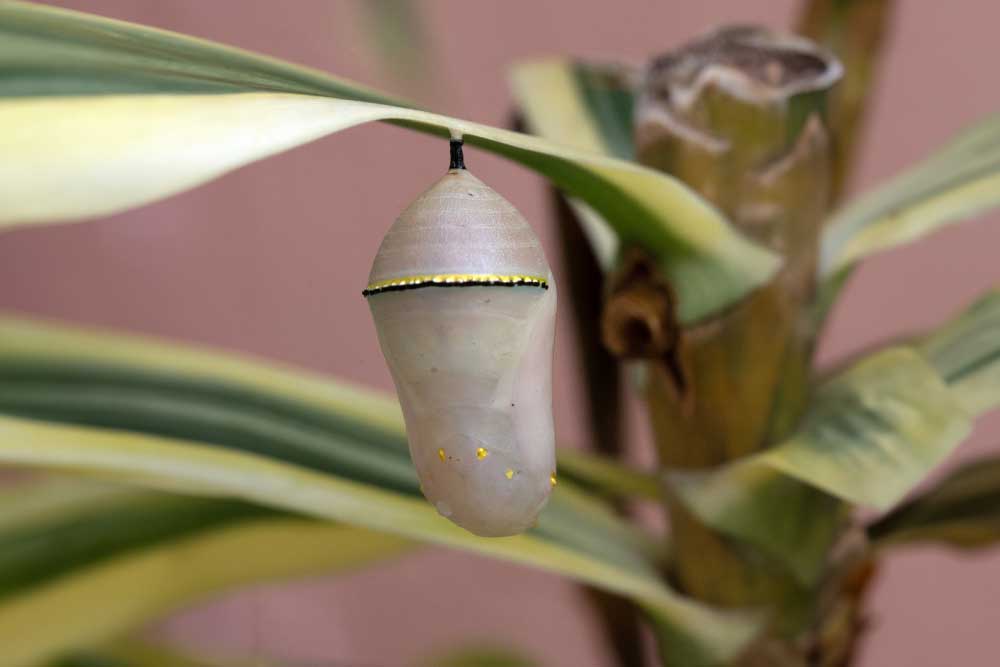
Scientific Name
Danaus gilippus
Average Life Span
One to three months
Wingspan
3.1–3.3 inches (7.9–8.4 cm)
The Danaus gilippus butterfly, often known as the queen butterfly, is a species native to the Americas that lives mainly in the southern United States, Mexico, and Central America. The queen butterfly, like the famed monarch butterfly, has bright orange wings with black veins and white markings. The queen butterfly is often confused for the monarch butterfly due to their stunning likeness. However, it has distinguishing characteristics such as larger white spots and a more noticeable black border on its wings. The queen butterfly, like its monarch counterpart, performs an important role in pollination by feeding on nectar from a variety of flowers. Its presence contributes to the biodiversity and ecological balance of its native environments, making it a captivating subject of study and admiration among naturalists and butterfly enthusiasts.
RANGE
It is most common in South Florida and South Texas, where it flies throughout the year. During July and August, the queen frequently travels north.
Host Plants
The queen butterfly’s host plant is milkweed and milkweed vines. There are several varieties of native milkweed in the United States, including but not limited to: Common Milkweed (Asclepias syriaca), Butterflyweed (Asclepias tuberosa), Swamp Milkweed (Asclepias incarnata), Antelope-horns Milkweed (Asclepias asperula), Purple Milkweed (Asclepias purpurascens), Showy Milkweed (Asclepias speciosa), California Milkweed (Asclepias californica), White milkweed (Asclepias variegata), Whorled milkweed (Asclepias verticillata), Mexican Whorled Milkweed (Asclepias fascicularis), Desert Milkweed (Asclepias erosa), and Green Milkweed (Asclepias viridis).
Don't plant non-native milkweed
Tropical milkweed (Asclepias curassavica), a Mexico native, is an often seen milkweed in the gardening industry. Unfortunately, it can cause problems for monarch butterflies since it has the potential to spread disease and disrupt their travel patterns.

NECTAR PLANTS
The queen prefers nectar from flowers such as milkweed, fogfruit, and shepherd’s needle.

Eggs
Females lay single eggs on leaves, stems, and flower buds.

Caterpillar
The queen caterpillar is yellow, white, and black, almost identical to the Monarch caterpillar, but distinguished by the third pair of filaments in its midsection. These strands are sensory organs known as tentacles, which can "see" through touch.

Chrysalis
Queen butterflies display chrysalides in shades of green, white and pink.


